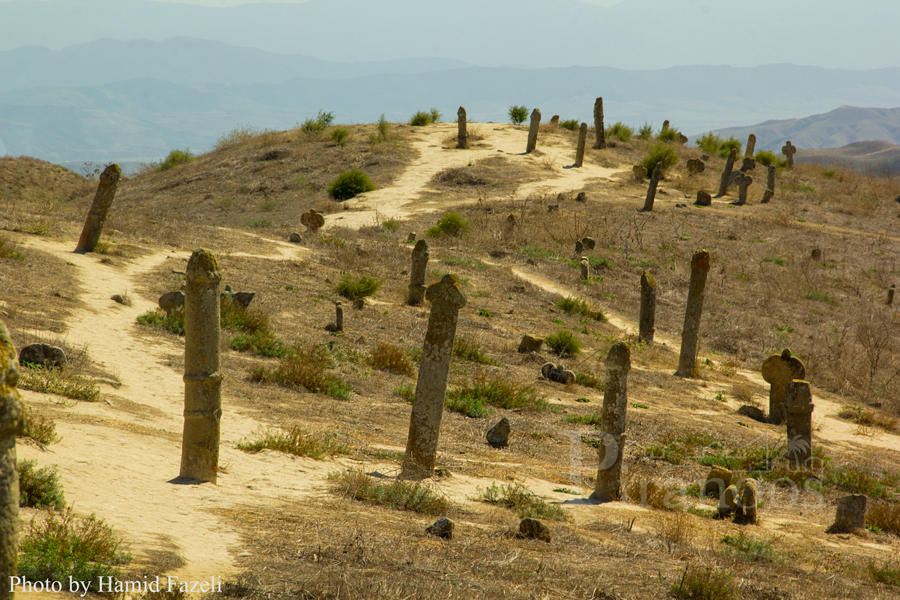Khalid Nabi Cemetery is a little-known place in 90 km northeast of the city of Gonbad-e kavous, famous for its ancient tombs and special gravestones. The Khalid Nabi cemetery and tomb complex consists of several pilgrimage sites as well as a historic cemetery. Located in the highlands and mountainous areas of Golestan province, it is the burial site of Khalid Nabi (the ancient prophet) as well as numerous small and large stone statues. All of these factors, along with the spectacular landscapes of the surrounding countryside, have made this area an important tourist attraction in the north of the country.
Over a thousand years old, dating back to the Paleolithic era, the complex consists of two parts: the Khalid Nabi mausoleum and the cemetery and the stone tombs.
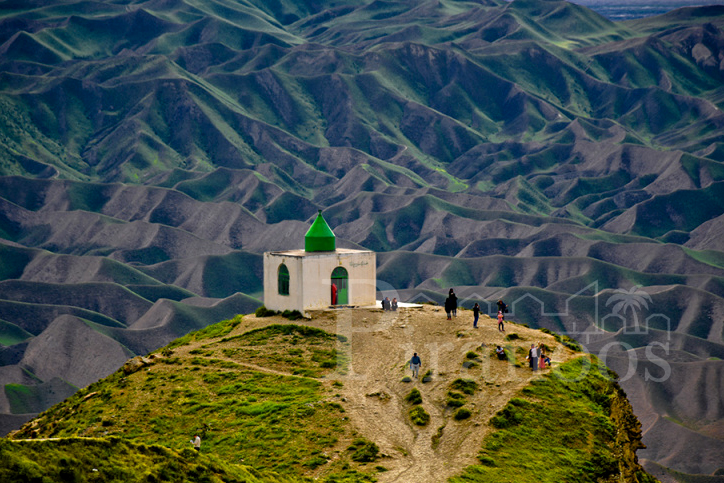
Khalid Nabi is an Arab Prophet who used to live 40 years before the Prophet Muhammad (peace be upon him). Khalid ibn Sanan, known among Turkmen as Khalid Nabi (Prophet Khalid), was born in the land of Aden in Yemen. According to the historical documents, he is one of the four prophets who lived between the time of Jesus Christ and the Prophet of Islam. During the Sassanid rule over Iran, Khalid Nabi fled to this site to avoid government agents.
Since Khalid Nabi is popular and respected among the Turkmen people, alongside the mausoleum, a number of rooms and small hostels and a mosque are built for pilgrims to stay and relax.
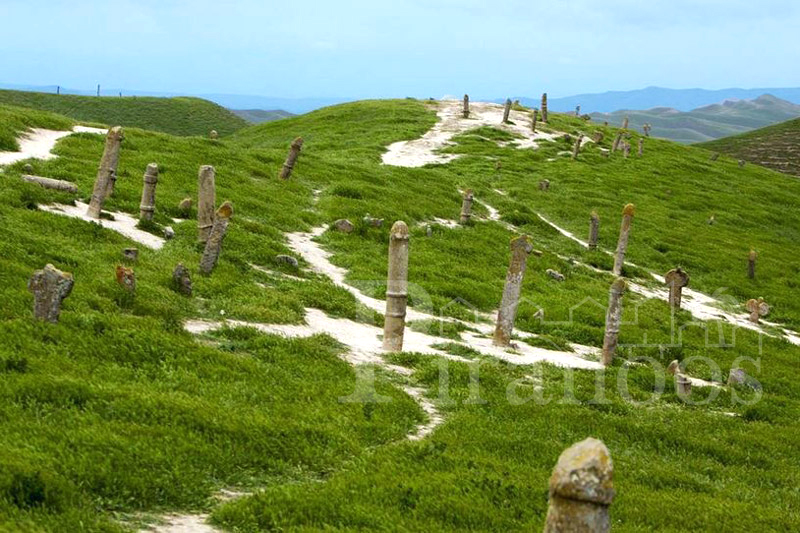
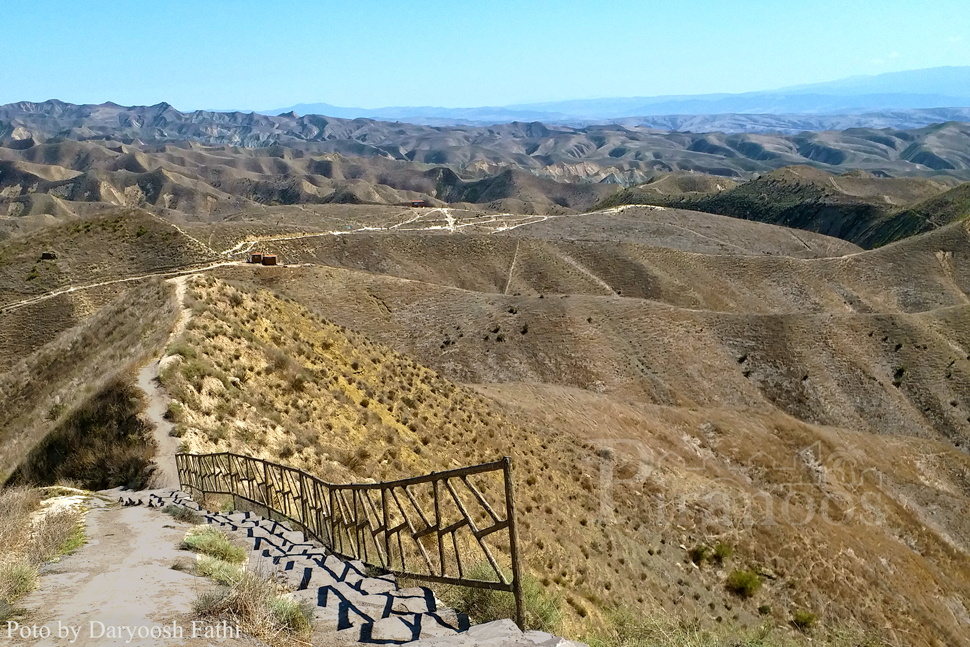
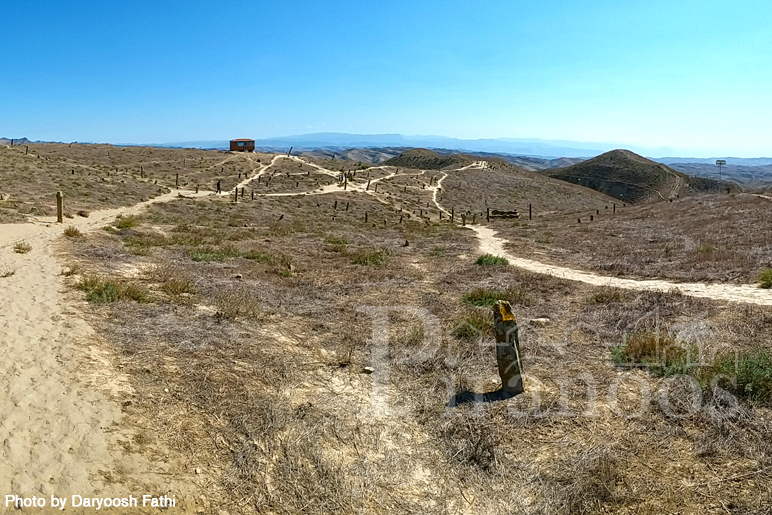
Khalid Nabi Mausoleum, located on a mountain in the east of Golestan province, is a simple mausoleum consisting of a four-walled room with white walls and a simple green dome above it. Alongside the Khalid Nabi mausoleum, there are two tombs belong to Shepherd Ata and Aalam Baba. Shepherd Ata was a companion of Khalid Nabi and Alam Baba the father of Khalid Nabi’s wife. The tomb of Khaled Nabi is highly respected by the Turkmen.
Just a short distance from Khalid Nabi’s mausoleum, there is an old tree that has been consecrated by local people and it is believed to be sacred and local people tie clothes to this tree in order to fulfill their wishes.
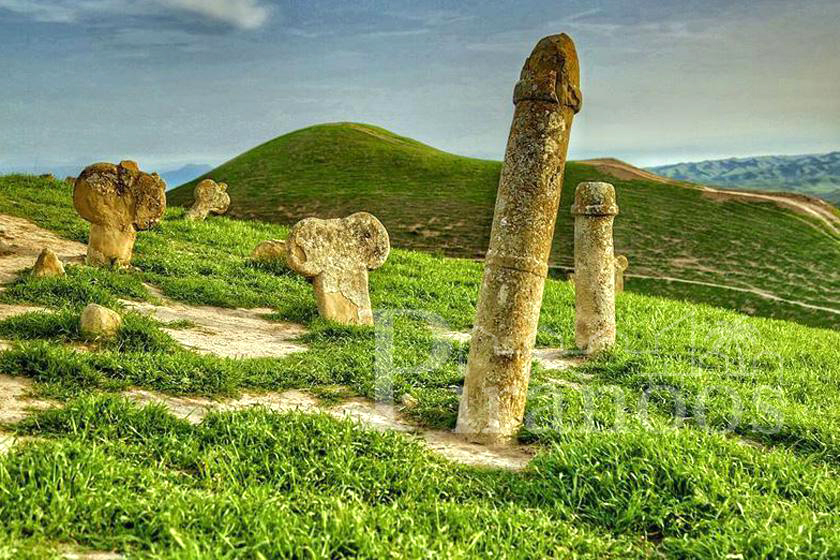
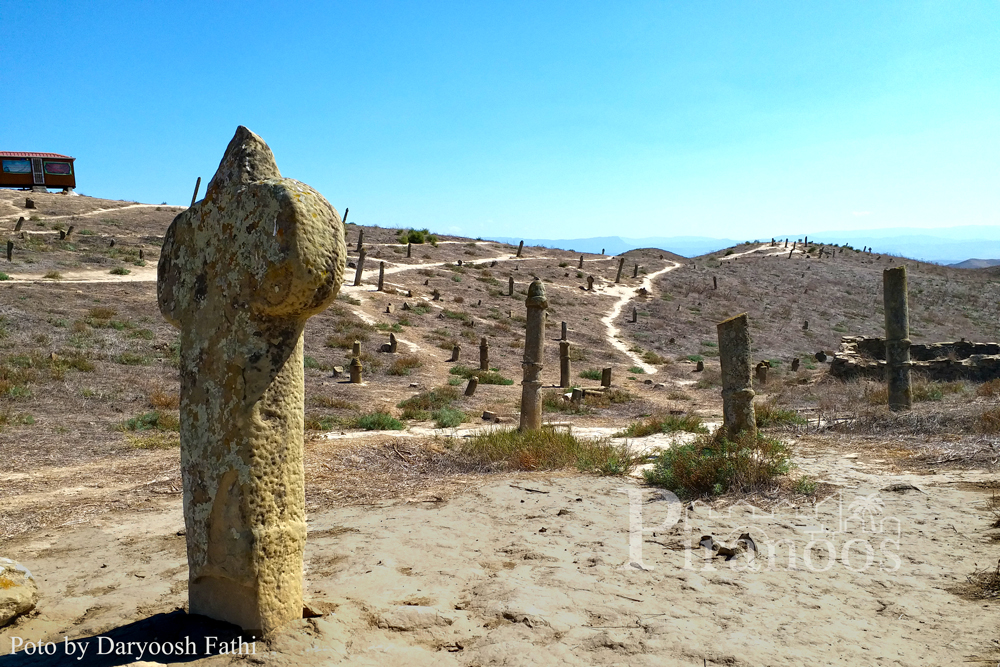
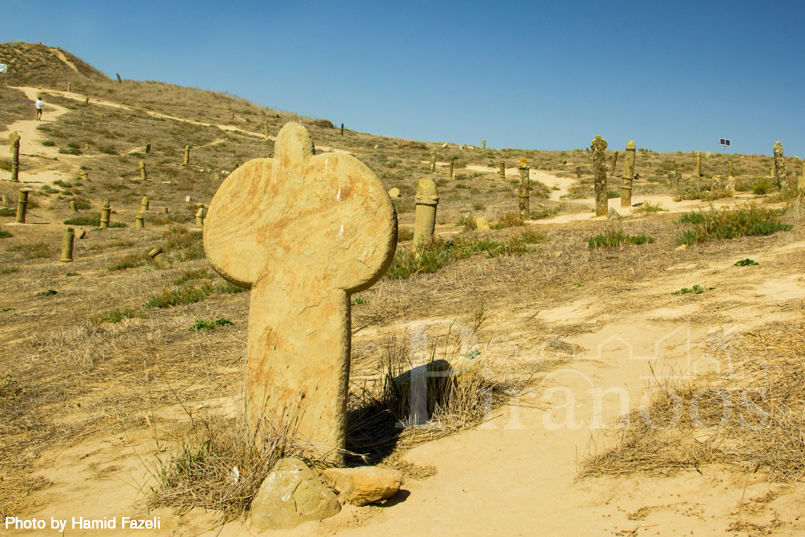
A little further away from Khalid Nabi’s mausoleum, on another hill of the area, numerous scattered stone sculptures stand together, like a cemetery. According to historical documentation and evidence, this historic cemetery is thousands of years old. It also appears that the number of these stone sculptures was initially about 600.
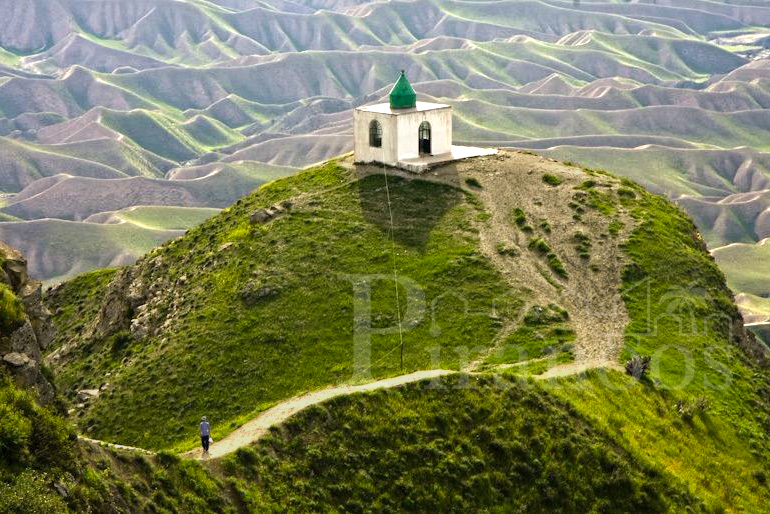
According to historical and archeological studies in this area, different theories have been proposed for the specific shape of these stones. Some believe that large statues represent men wearing hats and scarves, as well as the small statues are the symbols of women graves. Some believe that some of these stones resemble the cross. On the other hand, in another theory, these large and small statues are attributed to the organs of men and women. However, almost all of these theories have been unanimously agreed that these stone statues were in fact the gravestones for the ancient inhabitants of this area. Although the area is relatively remote, it has attracted a large number of enthusiasts. With the growing fame of the cemetery and the mausoleum of Khalid Nabi, the site itself has become an independent tourist attraction, with more than 100,000 Iranian and foreign tourists visiting the ancient cemetery and its surrounding landscapes annually.
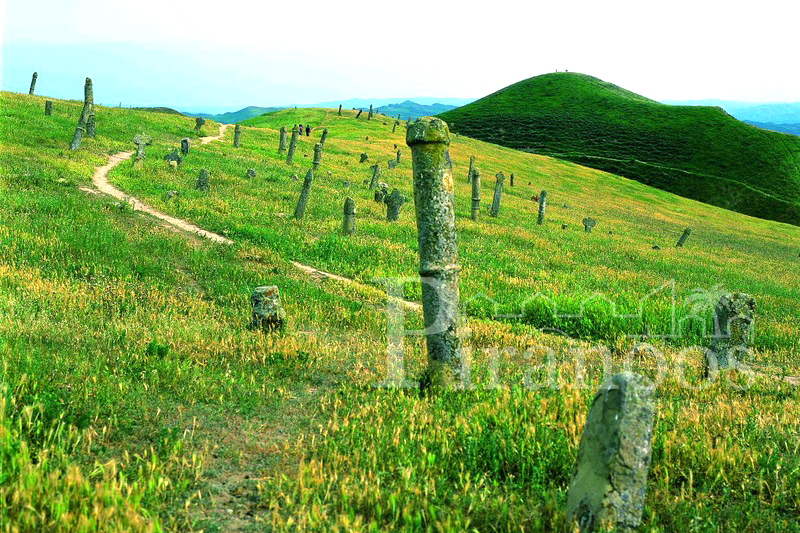
One of the local dishes in this area is the traditional Turkman food called: Chegdermeh or Chekdermeh, which is recommended to eat at the local house. It’s one of the most delicious foods you’ve ever eaten. It is basically cooked with rice meat, tomato paste or tomato and onions with oil, water and salt, and pepper.
